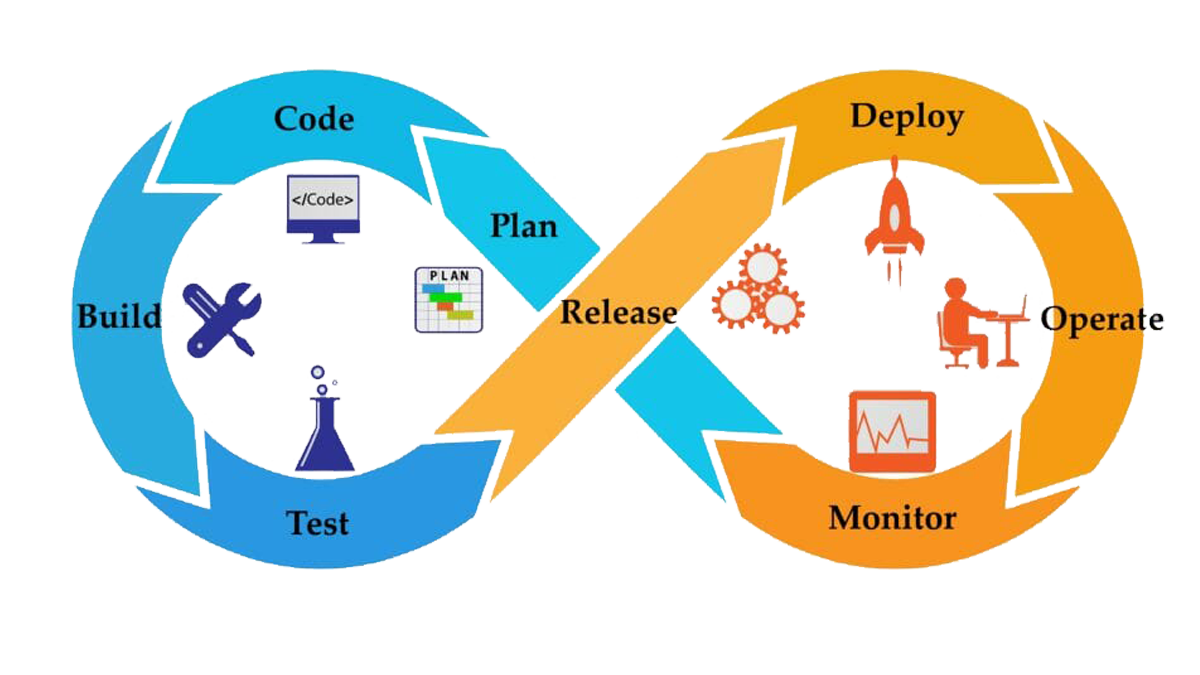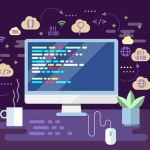Four strategies to achieve a true DevSecOps culture.
For federal companies, accomplishing assignment fulfillment more and more hinges on modernizing legacy structures and transforming operations. So it’s no surprise that a growing number of government applications and IT departments are turning to DevSecOps software improvement methodologies and technology to automate toolsets and centralize IT workflows. DevSecOps builds on the learnings and nice practices of popular DevOps, with the addition of protection verification as an active, incorporated part of the development method. When leveraged successfully, a DevSecOps technique supplies the agility and flexibility to speed up capabilities for citizens even as streamlining redundant and time-ingesting techniques.
Yet, with any principal exchange comes challenges, and no longer each federal enterprise is using DevSecOps to its complete capacity. In findings from an Atlassian-subsidized Federal News Network survey, it seems that many still have paintings to do of their quest for a true DevSecOps lifestyle.
The survey highlights a disconnect among IT and federal personnel outdoor of the IT area. The majority of non-IT personnel surveyed were ignorant of DevSecOps methodology and blessings, indicating they have been regularly not blanketed in requirements accumulating, nor have been they invited to provide comments on new competencies. And for his or her element, IT specialists stated the department team of workers neither knew nor cared approximately how systems work or why they paintings the way they do. This discord among improvement and operations body of workers is on the heart of the project.
To support employer teams as they work to bridge this gap, we compiled a listing of four suggestions that may enable organizations to comprehend the entire capacity of DevSecOps.
1. Develop cross-company collaboration: Cross-team collaboration is on the very core of successful DevSecOps workflows – but collaboration is regularly burdened with communication. IT may additionally inform non-technical stakeholders that they’re working on an application, however, fail to truly collaborate with them in an efficient, -way process to understand their necessities. Collaboration happens while two or more human beings work together – the important thing right here is advancing the effort. Rather than treating non-technical staff as end-customers, IT can encourage authentic collaboration by means of getting them worried at the beginning of a venture. Working with the workforce as they show their cutting-edge needs, and clearly inform their manner, can notably enhance the end product and make certain that implementation of the latest capability may be successful.
2. Create open work environments: Open paintings calls for statistics to be shared throughout groups, in preference to blanketed. The following three crucial practices can help create an premier surroundings for open paintings:
- Share suitable context in the course of the running institution and business enterprise-wide. Discuss what decisions ought to be made and why.
- Encourage direct and honest remarks, regardless of rank or function.
- Deliver appropriate get admission to to data.
Fostering an open paintings environment frequently calls for breaking down departmental silos to offer program groups visibility into what development teams are running on – and then actively requesting remarks. It’s about getting end-customers and stakeholders concerned early and frequently in the improvement system – in different phrases, incorporating input, looking for feedback, and tracking effects for responsibility.
3. Provide training opportunities: Even the nice teams can’t transition to DevSecOps overnight. Training is a vital part of building achievement, whether or not thru crew-building, software program schooling, or sharing pointers and high-quality practices. Training is best whilst it adapts to the gaining knowledge of types of multiple user kinds. This means that specialize in developing capabilities that permit teams to emerge as extra agile, enhancing selection-making, and learning unique software program functions.
4. Fuel repeatability and responsiveness: There’s a measurable price in developing tremendously repeatable methods and automating as many duties as possible. For instance, while model manage is handled the identical way at some stage in the team, everybody is aware of what model they’re operating on. Using automation to create repeatable environments permits self-documenting techniques that are easier to apprehend, improve, relaxed, and audit.



